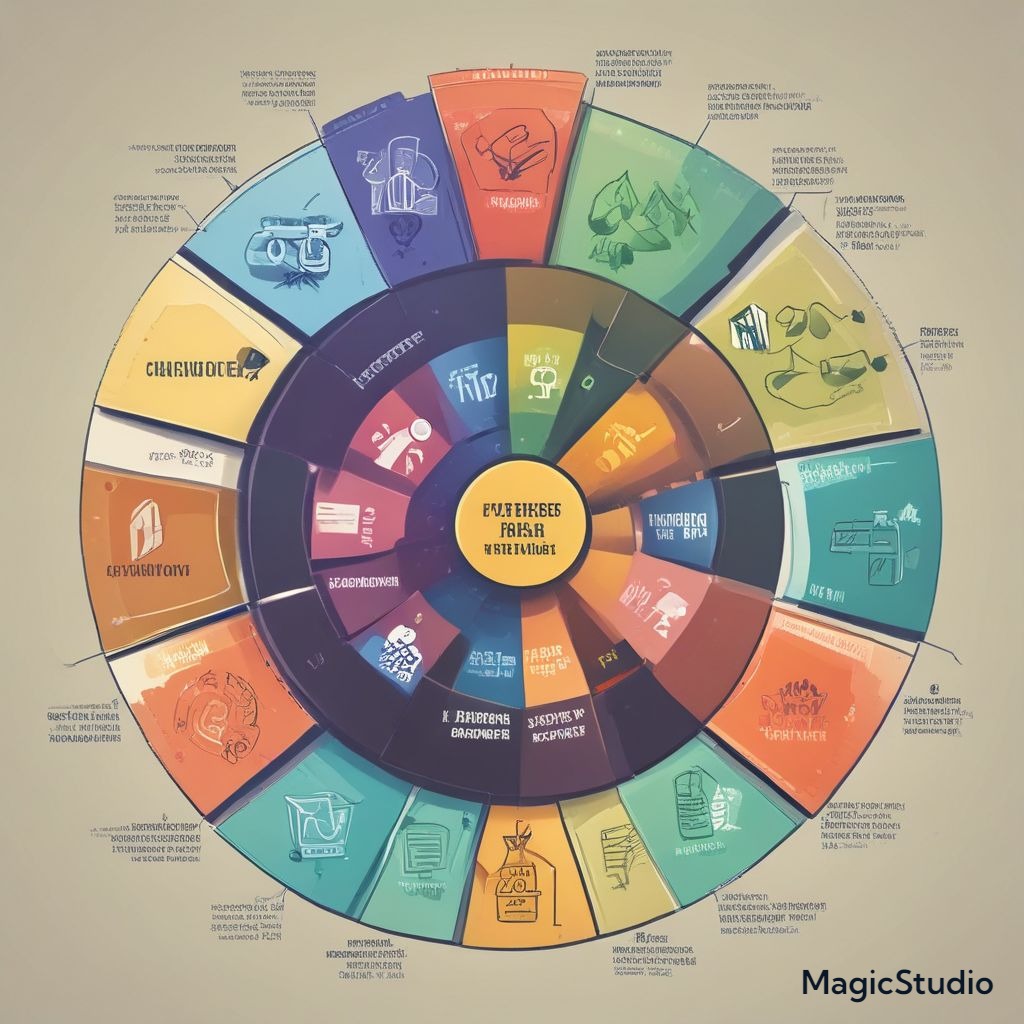Investment diversification is a cornerstone principle of sound financial management. By spreading your investments across various asset classes, industries, and geographic regions, you can mitigate risks and enhance the potential for returns. In this blog, we’ll explore the importance of diversification, how to implement it effectively, and its role in achieving long-term financial security.
Understanding Investment Diversification
What Is Diversification?
Diversification involves allocating investments among different financial instruments, industries, and other categories to reduce the risk of a significant loss. It is based on the idea that a diversified portfolio can mitigate the impact of any single asset’s poor performance.
Why Diversification Matters
- Risk Mitigation: By investing in a variety of assets, you reduce the risk that a downturn in one investment will significantly impact your overall portfolio. For example, if the stock market suffers a downturn, investments in bonds or real estate may still perform well.
- Smoother Returns: A diversified portfolio tends to have more stable returns over time, reducing the volatility that can lead to stress and poor decision-making during market fluctuations.
- Increased Opportunities: Diversification opens up avenues for higher returns. By investing in different sectors and asset classes, you increase the likelihood of capitalizing on high-performing investments.
Strategies for Effective Diversification
To achieve effective diversification, consider the following strategies:
1. Asset Allocation
Asset allocation involves dividing your investment portfolio among different asset classes, such as stocks, bonds, real estate, and cash. A balanced allocation can help you achieve growth while managing risk. A common rule of thumb is to subtract your age from 100 to determine the percentage of your portfolio that should be in stocks, with the remainder in bonds and other safer investments.
2. Invest in Different Sectors
Diversifying across various sectors—such as technology, healthcare, consumer goods, and utilities—can shield your portfolio from sector-specific downturns. For instance, if the technology sector faces challenges, your investments in healthcare or consumer goods may remain stable or even prosper.
3. Geographic Diversification
Global investments can reduce risk since different countries and regions may perform differently under varying economic conditions. Consider investing in international markets through mutual funds or exchange-traded funds (ETFs) that focus on global exposure.
4. Invest in Various Financial Instruments
Explore different investment vehicles, including stocks, bonds, real estate, commodities, and alternative investments like peer-to-peer lending or crowdfunding. Each type of investment has unique risks and returns, allowing you to create a more balanced portfolio.
The Long-Term Benefits of Diversification
Financial Security
Investment diversification plays a pivotal role in achieving financial security. By carefully balancing your portfolio, you are better equipped to withstand market volatility and economic downturns. A well-diversified portfolio can help you achieve your long-term financial goals, such as retirement, education for your children, or purchasing a home.
Enhanced Growth Potential
Diversification not only minimizes risks but also maximizes growth potential. While individual investments may falter, others may thrive, leading to overall portfolio growth. Over time, this can significantly impact your wealth accumulation.
Peace of Mind
Having a diversified investment strategy provides peace of mind. Knowing that your portfolio is balanced and less susceptible to market fluctuations allows you to focus on long-term financial goals rather than day-to-day market movements.
